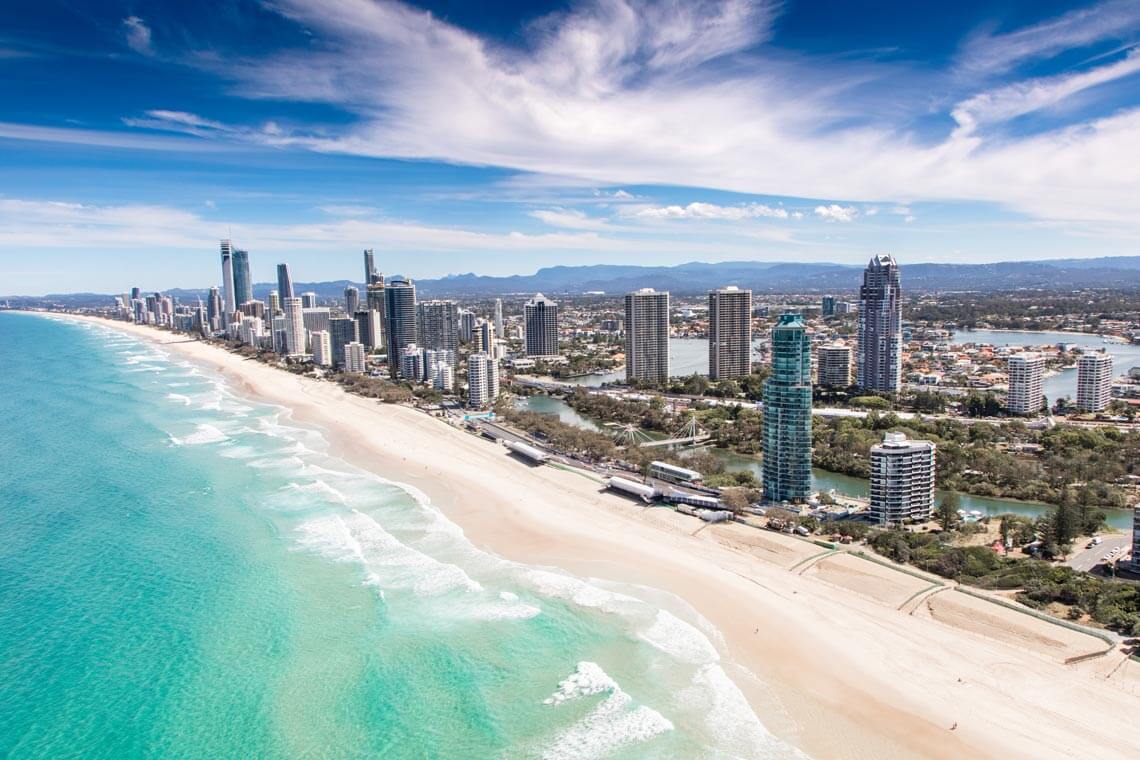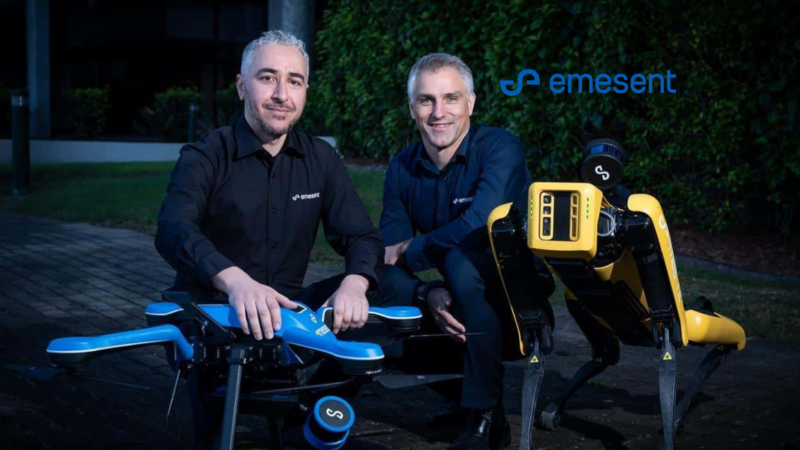In mid-June 2016, we kicked off an SEO and Google Ads Pay-Per-Click campaign for a new client, a retirement home on the Gold Coast, aiming to deliver them a great ROI. This is the feedback we received about six weeks into the job.
“the quality of the leads was like nothing we’ve seen before”
Obviously, we were pretty happy with that, so we thought we’d share a bit more of a deeper look into what we actually achieved for this client and how we can apply that to your business.
The history.
First to set the scene. Prior to working with me, this business had built an attractive, easy-to-navigate website. The digital marketing agency who built it had done a tremendous job and had really focused on presenting the photos and feel of the local area through the digital platform.
The only downside is that the build hadn’t really considered the SEO positioning of the business as well as they could have done. We would have liked some of the internal links and pages to have focused on some of the higher searched terms in this category but unfortunately, they had perhaps focused more on the aesthetics of the site instead.
But all things considered, it’s a great site that when new visitors arrive, I knew would convert well. The analysis of leads that the site had generated – with no SEO and no Google Ads traffic – was as follows:
“12 leads, with just one of them qualified”
Pretty ordinary, right? Well, we were pretty sure we could do better than that and deliver a great ROI.
Google Ads set-up.
We set-up five different campaigns utilising a budget of $5,000 a month and broke the budget up across those campaigns.
Campaign One: Re-marketing
The first Google Ads campaign is the easy one – remarketing. Every website should be running some sort of remarketing campaign, ensuring you remind visitors about the company they’d recently visited. My creative guy developed six different banners ads (the most served ones by Google rather than worry about EVERY possibly size Google could serve up) and then did three variations of each one – giving us 18 different banner ads. Note: small square (200×200) did the worst of all.
We also had two different audiences there to drive that ROI – the remarketing one for visitors to the website and then the ‘similar to all website visits.’ If you don’t know what the latter is, it’s exactly as it sounds: Google analyses the demographic profile of your website visitors and matches them to other web users, and shows them your advert. Now remarketing never gets a great CTR but we managed to hit over 1% for the previous visitors, and with the ‘similar’ target market, we hit 0.65%. Doesn’t sound great? Well, we got 627 NEW target market visitors to the site for $100. Not a bad effort, and if just one of them enquired…
Campaign Two: Display
So we re-used the banners for the remarketing in a display campaign and showed the ads to people in the target geographical area who were over 55. And our top platforms for these? Gumtree, Domain.com.au and three puzzle apps on iOS. Perfect! In fact, ad-driven puzzle apps proved to be a great channel for our banner ads.
Once again, the CTR was low, as most display is, but we knew we were in the right space. And besides, the spend per day for this was very small compared to some of the other campaigns
Campaign Three: The call only campaign
For those of you not familiar with ‘call only campaigns’ they are basically as they sound. They only show to people on mobile phones who are likely to call from the advert. In fact, they’re specifically designed to only generate phone calls and not clicks. Neat, huh? They’re great for location-specific businesses who will see people take immediate action when they find their ad.
This actually turned out to be a bit more of a challenge as the target keywords weren’t something people looked for a lot on their phones; or if they were, they weren’t taking immediate action once they found the result they wanted. It’s a big ticket purchase item, so calling on the basis of one click-through is unlikely. Still, we got results and the phone rung.
One note: a few days into the campaign, we swapped the original mobile number out for a local number. Why? Well, we thought it would be more likely that the older generation would feel more confident calling a landline than a mobile number. Just a gut feeling really with no actual numbers behind it.
Campaign Four: The search campaign
So this is the bread and butter motherload campaign where we cracked a healthy 6% click-through rate and contained some nice phrase-match keywords. Why phrase match? Well, it’s probably easier to say why not broad and why not exact.
First, why not broad match? Well, there’s no need. If you’re using broad match keywords in most circumstances, you haven’t done your research properly, you haven’t set up your campaign properly, or you simply don’t know what you’re doing. There are times when a broad match is useful, but those are few and far between (in my opinion). Some people claim they’re using ‘broad match’ as a ‘testing phase’ but that’s a smokescreen for lack of planning, or not understanding.
Second, why not exact match? Well, again, some of the time I would look at exact match but the reality is, it’s far to narrow a target market in this case. ‘Retirement Home’ and ‘retirement homes’ are busy keywords but they’re also expensive. So I focused on a phrase match, and here’s why.
A lot of people are doing searches on retirement homes prefixed or suffixed with specific locations or descriptors – for example ‘over 55s retirement homes’ or ‘retirement homes on the gold coast’ as examples. So obviously we wanted those searches – undecided potential customers doing their research.
But perhaps more importantly, we wanted the traffic that had already considered a competitor’s option. So of those prefix and suffix words, many were either competitor brands, or regions we weren’t actually in. What we wanted to do was interrupt their search for a competitor, direct them to our site and get them to reconsider.
And it worked very well, except….
Campaign Five: Retirement home keyword
The keyword ‘retirement home’ was warping all the results. It was a massive traffic driver, even in its exact form, so much so that no other keywords were getting a look in. And sure, that’s not a massive problem because it’s giving you good traffic but it’s important to giving your other keywords a breather, and I wanted to see if any of the others would produce a better Adwords ROI.
So we, lifted ‘retirement home’ out and dropped it into its own campaign with its own budget. And that did the trick – that was maxed out pretty much every day but the other keywords in Campaign Four now had a chance to shine. And that they started to do with that campaign maxing out every day too. Google wanted us to spend more money. Of course they did.
Finally, remember the negative keywords
My final point is how important it is to ensure you don’t miss the negative keywords. You don’t want 100 clicks for ‘retirement home jobs’, so ensuring things like ‘job’, ‘jobs’ and ‘careers’ are in the campaign FROM THE START. Not one week later when you’ve wasted the clients money.
What Google Ads ROI did we achieve?
In the equivalent period of two months (which actually wasn’t a full two months, but we’re splitting hairs) we saw the following results.
“27 leads and 19 were qualified”
So, 15 more leads than the previous two months but more importantly, 18 more qualified leads.
Now, it’s important to understand the Adwords ROI from this, but I’m going to do that without giving away any specific figures. But let’s put it like this – with set-up costs and management, creative, Google spend, let’s call it around $12,000. And across all the campaigns, we gained 2,153 clicks and 19 qualified leads.
So, $631 a lead.
On further investigation, we find that the client has a close rate of 25% on their leads, so one sale is costing them $2,524. And given their average sale price is $550,000, we’re looking at a return on investment of 21,690%
Now, sure, I haven’t taken into account the original creative that was created and the cost associated with that, but really, that’s minimal in the great scheme of things. It’s hardly going to change the ROI that much. It’s also worth noting that the items we’re selling here cost an average of $550,000: unless you’re in property development you’re probably not looking at a unit price like this.
But still, no matter what you’re selling, and whether it costs $500,000 or $5, there are some important lessons in this case study about how to break-up your campaigns and how to maximise every dollar you spend. There was a lot more work that went on behind the scenes to set this campaign up, but we’ve tried to cover off the important bits that we think are important in a campaign like this.
Contact us if you are interested in outsourcing your Google Adwords management.




